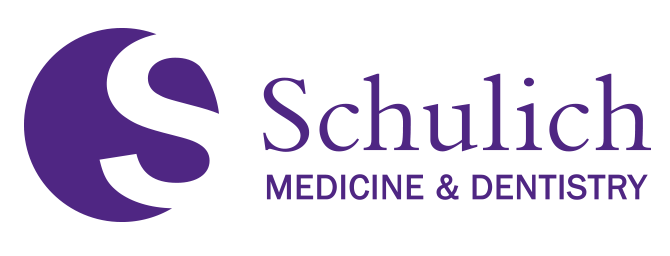
Family Medicine Publications
Document Type
Article
Publication Date
10-1-2021
Journal
CMAJ open
Volume
9
Issue
4
First Page
E1080
Last Page
E1096
URL with Digital Object Identifier
https://doi.org/10.9778/cmajo.20200235
Abstract
BACKGROUND: Rurality strongly correlates with higher pay-for-performance access bonuses, despite higher emergency department use and fewer primary care services than in urban settings. We sought to evaluate the relation between patient-reported access to primary care and access bonus payments in urban settings. METHODS: We conducted a cross-sectional, secondary data analysis using Ontario survey and health administrative data from 2013 to 2017. We used administrative data to calculate annual access bonuses for eligible urban family physicians. We linked this payment data to adult (≥ 16 yr) patient data from the Health Care Experiences Survey to examine the relation between access bonus achievement (in quintiles of the proportion of bonus achieved, from lowest [Q1, reference category] to highest [Q5]) and 4 patient-reported access outcomes. The average survey response rate to the patient survey during the study period was 51%. We stratified urban geography into large, medium and small settings. In a multilevel regression model, we adjusted for patient-, physician- and practice-level covariates. We tested linear trends, adjusted for clustering, for each outcome. RESULTS: We linked 18 893 respondents to 3940 physicians in 414 bonus-eligible practices. Physicians in small urban settings earned the highest proportion of their maximum potential access bonuses. Access bonus achievement was positively associated with telephone access (Q2 odds ratio [OR] 1.18, 95% confidence interval [CI] 0.98-1.42; Q3 OR 1.34, 95% CI 1.10-1.63; Q4 OR 1.46, 95% CI 1.19-1.79; Q5 OR 1.87, 95% CI 1.50-2.33), after hours access (Q2 OR 1.26, 95% CI 1.09-1.47; Q3 OR 1.46, 95% CI 1.23-1.74; Q4 OR 1.77, 95% CI 1.46-2.15; Q5 OR 1.88, 95% CI 1.52-2.32), wait time for care (Q2 OR 1.01, 95% CI 0.85-1.20; Q3 OR 1.17, 95% CI 0.97-1.41; Q4 OR 1.27, 95% CI 1.05-1.55; Q5 OR 1.63, 95% CI 1.32-2.00) and timeliness (Q2 OR 1.29, 95% CI 0.98-1.69; Q3 OR 1.29, 95% CI 0.94-1.77; Q4 OR 1.58, 95% CI 1.16-2.13; Q5 OR 1.98, 95% CI 1.38-2.82). When stratified by geography, we observed several of these associations in large urban settings, but not in small urban settings. Trend tests were statistically significant for all 4 outcomes. INTERPRETATION: Although the access bonus correlated with access in larger urban settings, it did not in smaller settings, aligning with previous research questioning its utility in smaller geographies. The access bonus may benefit from a redesign that considers geography and patient experience.
Creative Commons License

This work is licensed under a Creative Commons Attribution-Noncommercial-No Derivative Works 4.0 License.



Notes
Data sharing: The data set from this study is held securely in coded form at ICES. Although data sharing agreements prohibit ICES from making the data set publicly available, access may be granted to those who meet prespecified criteria for confidential access, available at www.ices.on.ca/DAS. The full data set creation plan and underlying analytic code are available from the authors upon request, understanding that the computer programs may rely upon coding templates or macros that are unique to ICES and are therefore either inaccessible or may require modification.